THE ‘old’ is about to become the ‘new’ at Yarra Yarra Golf Club, one of the many jewels among Melbourne’s world-famous sandbelt courses.
Yarra Yarra general manager Peter Vlahandreas says the achievements and design capabilities of Alex Russell were not completely understood for a long time.
“I don’t think there was a deep understanding of what we’ve got,” he said. “And like most things, the old is the new. Look at cycles in fashion, cars and even the design of houses, where the 1960s art deco is back in vogue. So I think it is pretty cool when you take golf courses and you start to understand about the golden era of design in the 1920s and 1930s. Clubs that were built then are often going back to what they were.”

So after an exhaustive tendering process, the club has asked architect Tom Doak to restore the grand old course to its former strategic and visual glory, just as it was when originally designed by the venerable Russell.
The club’s first life member, Russell is revered at Yarra Yarra. Despite the fact Alister MacKenzie never set foot on Yarra Yarra or even saw the final plans, the design elements are unmistakably MacKenzie. Russell and MacKenzie became friends when they first met in Melbourne in 1926, and MacKenzie made Russell his Australian partner in business. Russell won the Yarra Yarra job in 1927 and the course opened two years later.
“We are indisputably an Alex Russell golf course,” Vlahandreas says, displaying a passion for golf history not always evident in someone of his age. He says the recent opening up of ‘corridors’ around Yarra Yarra was golf’s version of an archaeological dig, gradually unearthing the strategic intent of the club’s gifted designer.

“We have now started to understand routing, what is known as ‘bogey golf’, where there is always an option out. There should never be double hazards. And as we enter the next stage of our ‘course life’, we will start to restore those original pathways of our golf course,” Vlahandreas says.
“Over the years we have attempted to enhance our golf course rather than restore it. The course had become more about accuracy than strategy. Now it’s about restoration, bringing it back to the way Alex Russell intended it to be played. I think we owe it to ourselves, as one of the custodians of the game of golf, to restore what is great.”
It has taken the club 12 months to get to this point. “We have taken a very considered approach because we understand the legacy we have. Now we will start to plan behind the scenes and work with Doak and his team to restore our wonderful golf course.”
Initially the club will hasten slowly, bringing back a lot of Russell’s trademark cleverly placed ‘chains’ and clusters of thin-lipped bunkers, many of which have disappeared over time.

Yarra Yarra has never been a long golf course. The shorter courses – especially in the modern game – rely for their defence on the slope, size and speed of their greens. Yarra Yarra is no exception; the slopes on the putting surfaces are as severe and dramatic as any in the country. A good example is the 11th, which has been dubbed a ‘national treasure’ by five-time British Open champion Peter Thomson. Invariably rated one of the best par 3s in the world, the mid-to-long range hole can require anything from a 3-wood to a 7-iron off the tee depending on the prevailing wind. It is all carry to a three-tiered green which angles from left to right.
The 15th [main picture] is a mid-length par 3 heavily guarded by bunkers around a severely sloping, two-tiered green. Along with the fifth, 11 and 15 are regarded as the layout’s three signature holes. The 11th and 15th form a set of four par 3s that have been rated seventh in Doak’s ‘Confidential Guide’; Yarra Yarra is the only course in this category in the Southern Hemisphere.
The fifth is the most difficult hole on the golf course and the truest risk and reward hole at Yarra Yarra. A challenging, almost blind, tee shot is followed by a long uphill approach to a green complex that fades away from you. The putting surface also slopes from back to front.
Where possible, all the greens will be restored to their original glory. Over time, some of the putting surfaces have shrunk by almost a third of their original size.

Yarra Yarra has never been a pushover. At the recent Australian Amateur Championship, no golfer in the supremely talented field of local and international players could better four-under par in any round, despite many of them hitting the ball 300 metres off the tee.
“That showed that in its glory, this place holds up among some of the best courses in the world because its defence is its greens,” Vlahandreas says proudly.
There is undoubtedly a commercial aspect to what the club is undertaking. Melbourne’s sandbelt courses have become the premium golf destination in the world. The overseas golf market is enormous and Yarra Yarra wants a slice of the action. The club admits its crown may have slipped slightly on the national and international stages. Its Australian ranking, once in the low teens, has ballooned to 50th among Australian Golf Digest’s Top 100 Courses. While rankings are not a driver of the decision to engage Doak, they do have a commercial element to them. Higher rankings lead to a better business model. “It drives your membership, it drives your satisfaction levels, it drives a willingness to bring guests, it drives international and interstate tourism, and it restores a strong sense of pride for our club,” Vlahandreas says.
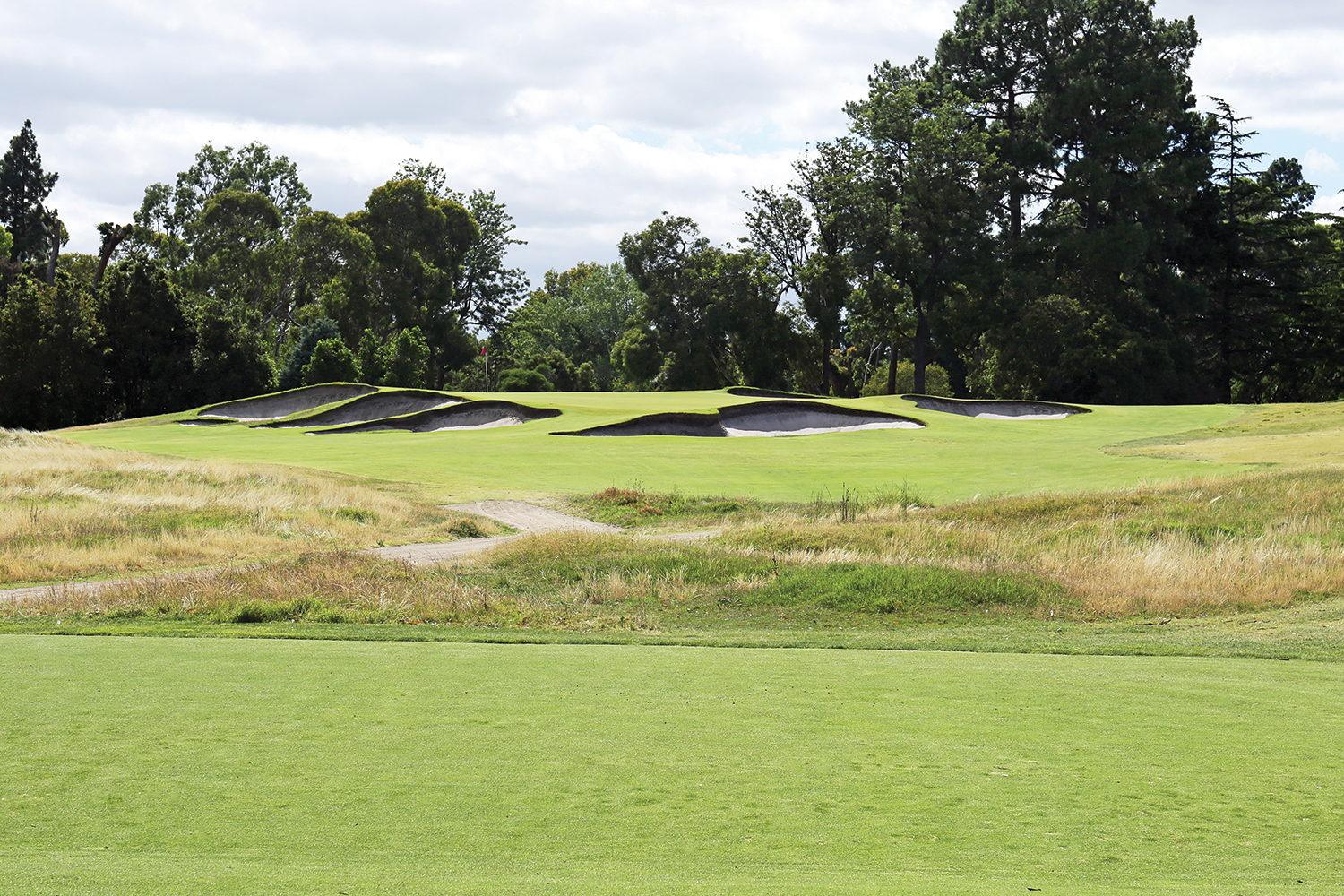
Amid all the restoration process is a need to ensure Yarra Yarra remains relevant.
“We have a great responsibility to the legacy of Alex Russell and the sandbelt as custodians of our great game. This is an important part of the history of golf in Australia. Yarra Yarra has hosted some of the world’s best and foremost golfers since the 1950s.
“We believe the heritage that we hold far exceeds any other club in Australia. It is our responsibility and role to restore what was once a world-renowned golf course and, more importantly, a world-renowned club.”
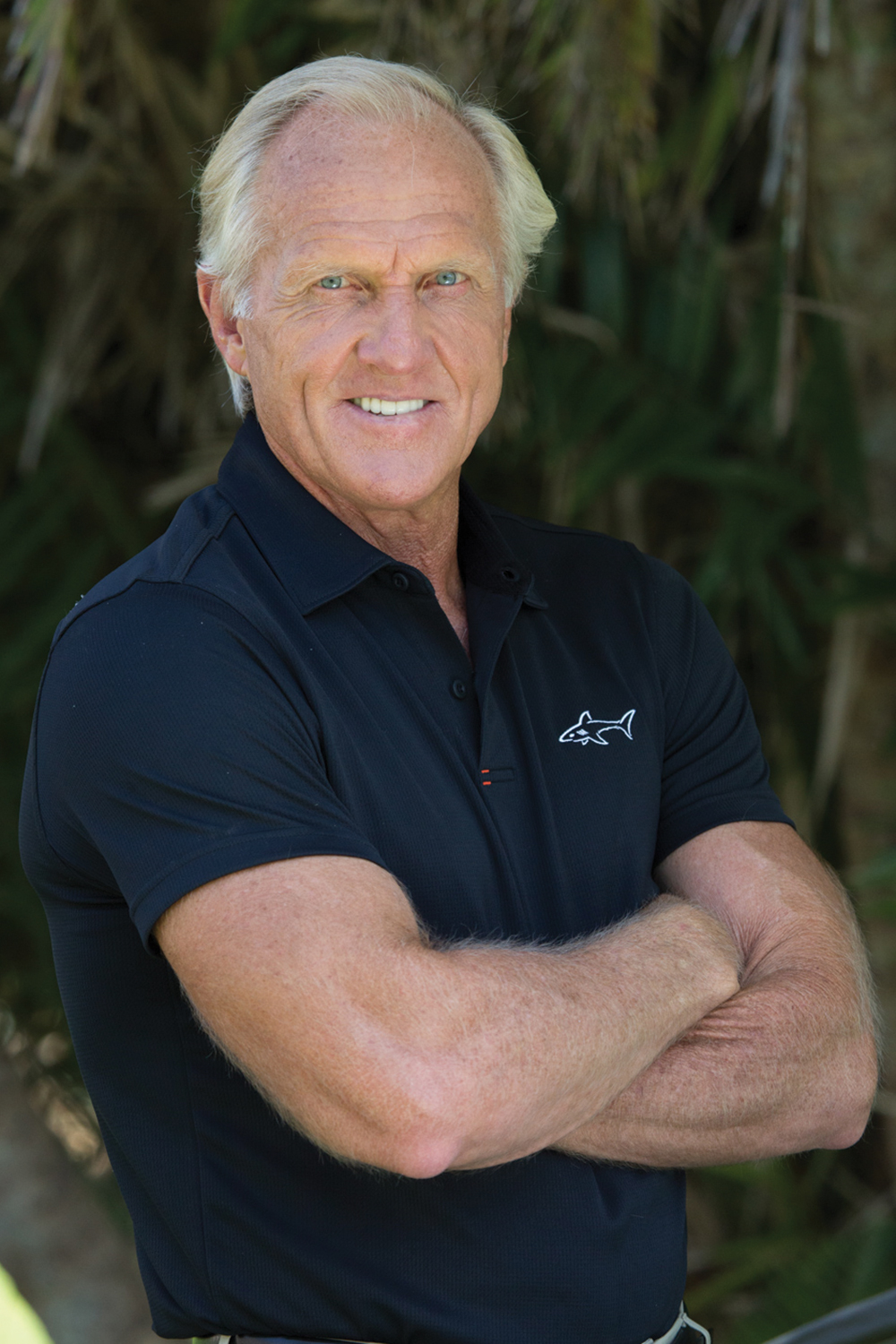 Greg Says
Greg Says
“I’m a member at Royal Melbourne Golf Club and I have a mission to get back and play all 18 holes on the East course before I leave this earth. I’ve always loved Yarra Yarra too. The par 3s are seriously impressive – particularly given they don’t have any water – and collectively are some of the best short holes in the world.”
Rediscovering the East
Since he became general manager at Royal Melbourne Golf Club early last year, it has puzzled Warwick Hill-Rennie why the East course has been saddled with such an inferiority complex.
He understands the world-famous West course has a much higher international profile because it makes up the majority of the holes (12) on the revered Composite layout. Still, the East course, designed by Alex Russell, does provide the other six – the first four holes and the final two – yet the bias towards the West layout by visitors and members alike remains.
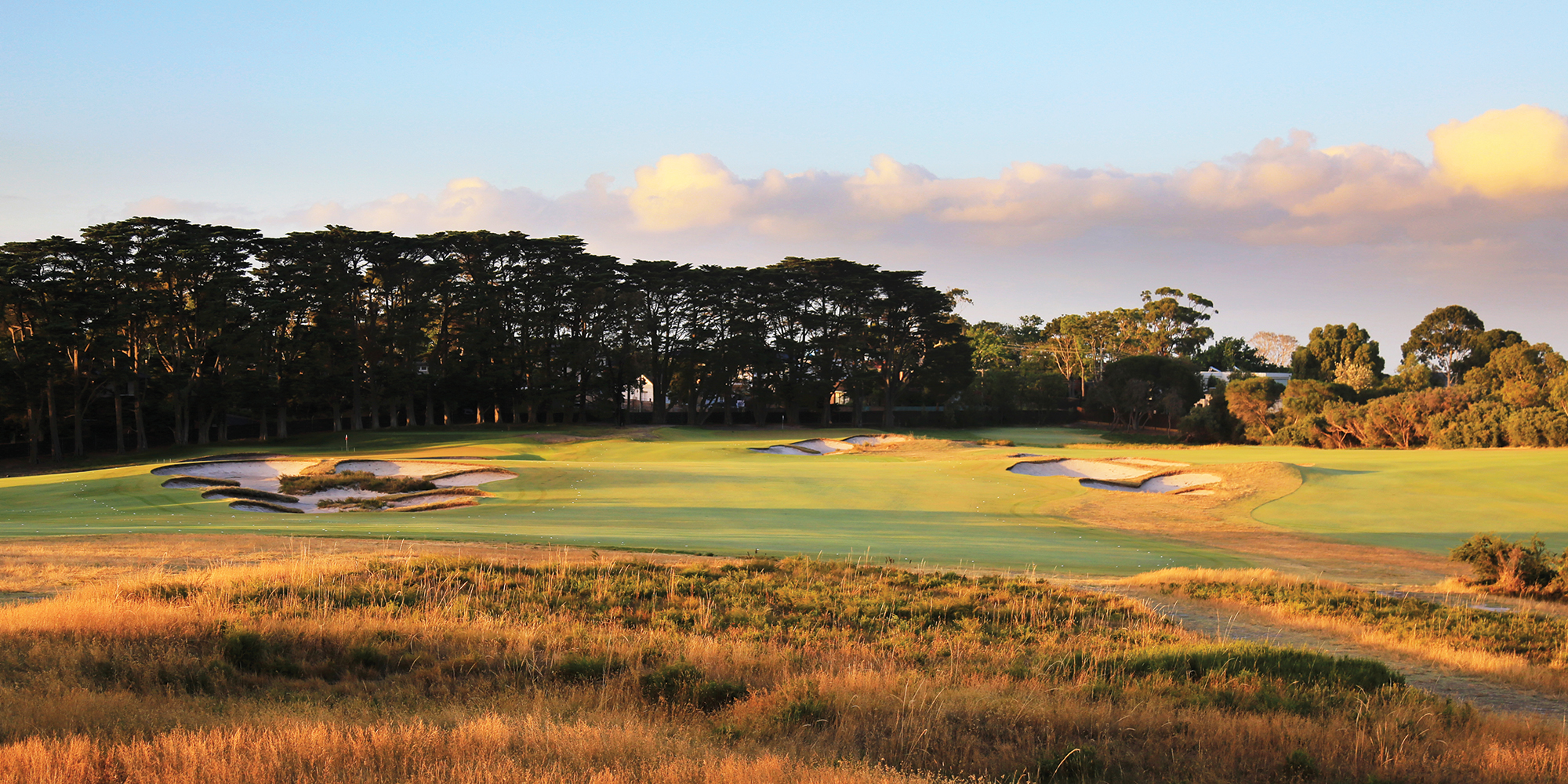
“We believe the East course is a real hidden gem,” Hill-Rennie says, sitting behind his desk in his office overlooking the superb 36-hole Royal Melbourne complex. He says the East course, while it always rates highly, has lived for far too long “in the shadow” of the West course.
Hill-Rennie loves a challenge. He is driving a campaign encouraging members and visitors to play more on the East course. This includes holding more events and tournaments on the East. Data collected by the club from 17,000 rounds indicated a 60/40 split in favour of the West course, with the East rating two shots harder.
“We want more people to discover the East Course,” Hill-Rennie adds. “This is also about putting Alex Russell front and centre and having his achievements and contribution to the game recognised by the club. His was a very full life and he achieved a lot.”
It is an education process, too, for the new general manager, who admits he knew “very little” about Russell before he took the job at Royal Melbourne. The push for the lower profile course includes steering to the East course the many international visitors who arrive at Royal Melbourne with playing the West course on their bucket list.
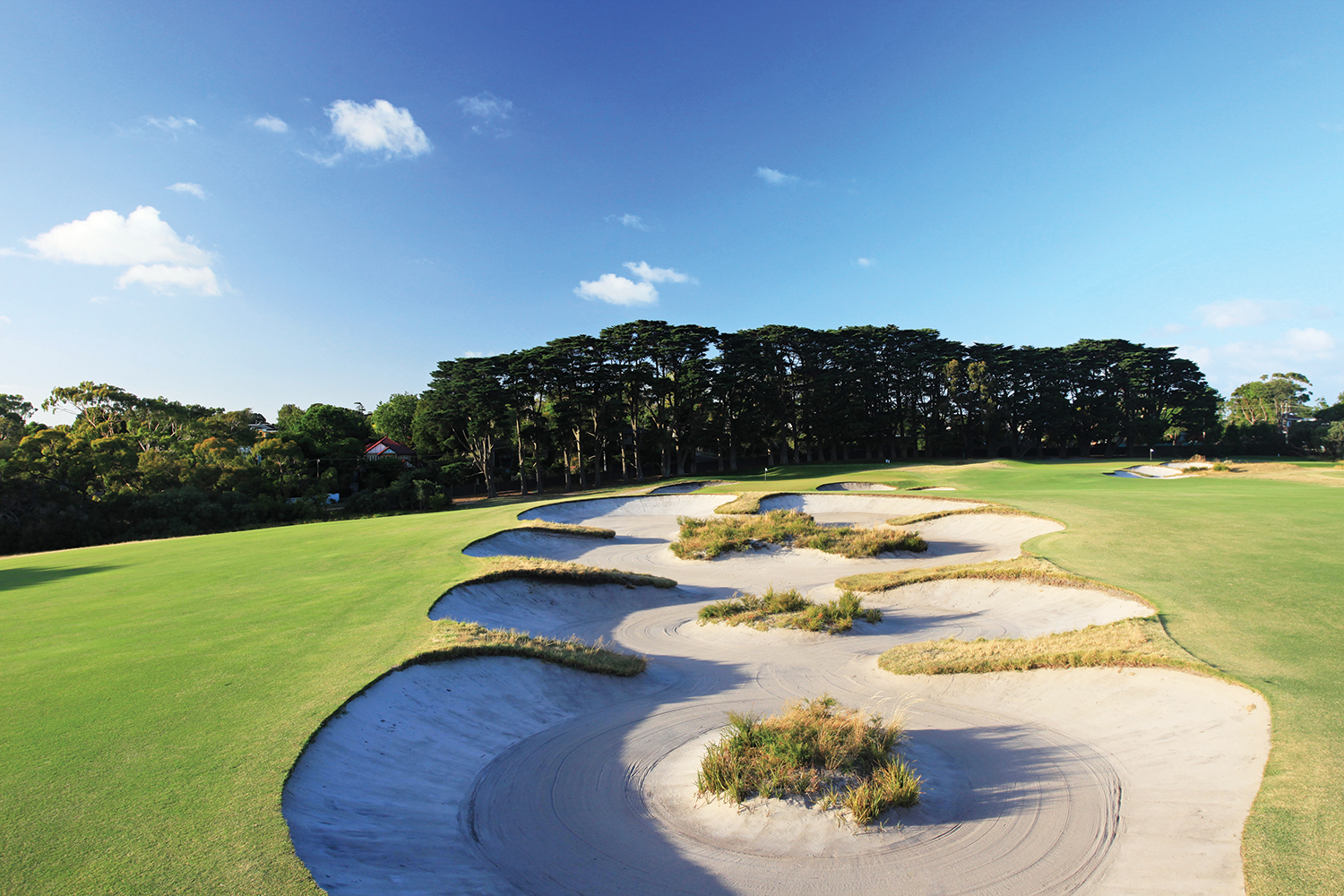
“What we have been doing is encouraging them to play the East course, which is a tremendous golf course,” he says. “The history around Alex Russell is rich and the East course is unique. It is not a replica (of the West) and has a charm of its own.”
has been the head professional at Royal Melbourne for 37 years and concurs with his boss on the public perception of the East course.
“It has always been a bit of a bridesmaid,” Green says. “The West course (designed by the legendary Scottish golf course architect, Dr Alister MacKenzie) is such a great course and known internationally. It (the East course) has lived in its shadow a bit,” Green says. “The East is more of a parkland course. There are only a few undulations in the early holes and then it’s quite flat after that. It’s very different from the West in that you don’t have any the big rolling, sloping greens and there are hardly any deep bunkers.”
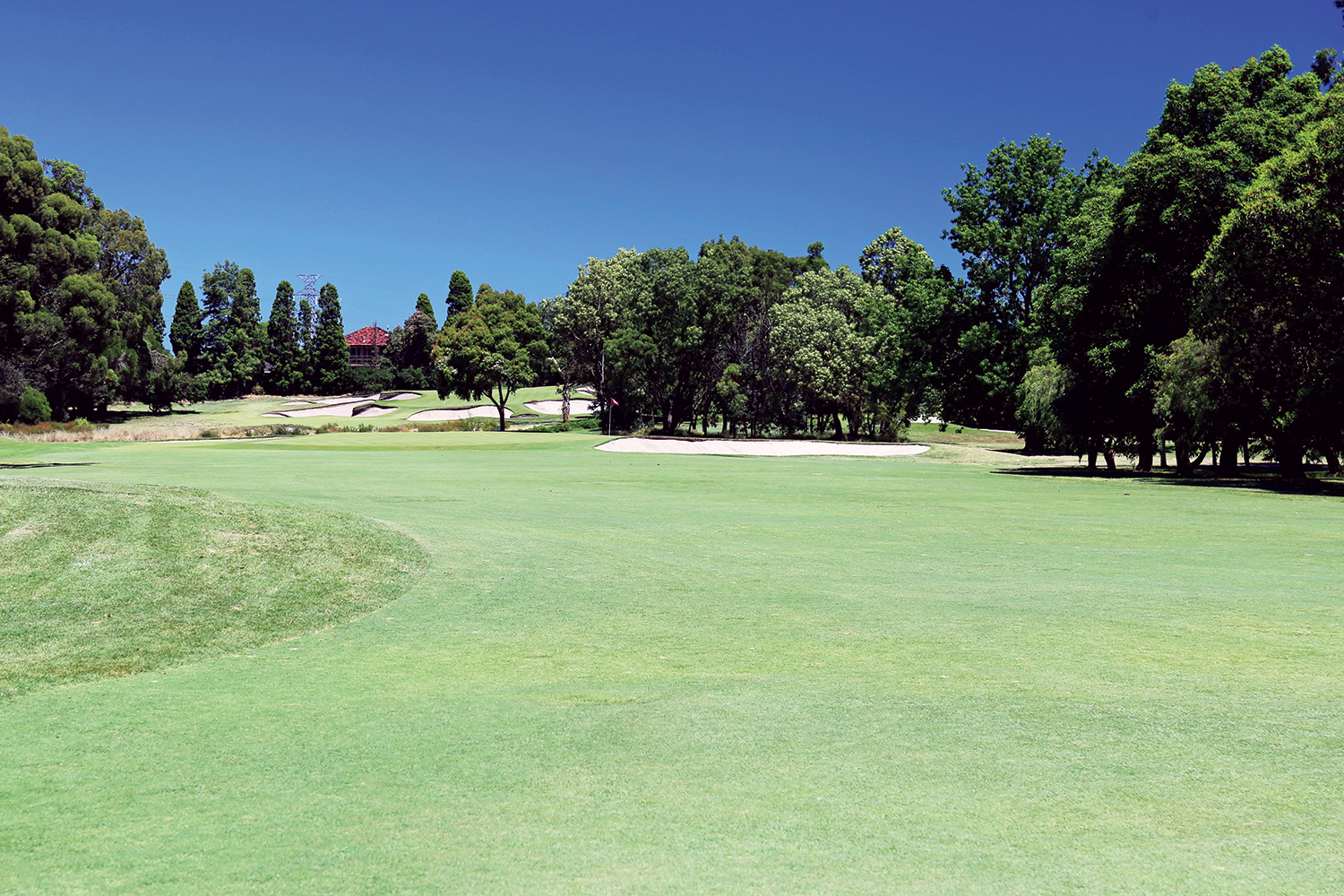
The greens are typically Russell – long and narrow with very tight entrances.
“The first six holes set it up,” Green says. “If you can get through them in par, then you’ll find it’s not that hard a course. But the first six can be really dangerous and treacherous.”
The first four and the last two holes on the East course are part of the world-famous Composite course at Royal Melbourne where so many wonderful national and international events have been played. But big tournaments have also been played on the East course, including the Australian PGA Championship.
The East course’s ‘signature’ holes are the second, a very difficult uphill par 4 with a blind second shot to a two-tiered green, the fourth, a long uphill par 3, and the 18th, an internationally famous finishing hole where so many big tournaments in the club’s rich history have been decided.

Green says Russell did a great job on the East course but believes there is a “big Mackenzie influence”, especially on the first six holes. This tallies with golf course architect and part-time golf historian Neil Crafter’s research. Crafter has spent 12 years discovering all things Russell and is the foremost authority on the man’s life. Crafter says after MacKenzie had laid out what is now known as Royal Melbourne West, he was asked to design nine holes on some adjoining land owned by the club. But after MacKenzie left Australia in late 1926, the club bought more land and decided to build an extra 18 holes – today’s East course. Russell, by now MacKenzie’s Australian partner, won the job.
“Russell did incorporate some of the holes in MacKenzie’s plan for another nine holes,” Crafter says. “But Alex Russell absolutely designed the East course at Royal Melbourne.”
Green says Russell “had his own trademarks”.
“The consistency of the holes and the way they blend into each other; every hole has its own ‘personality’. The narrowness of the greens is also definitely a Russell feature.
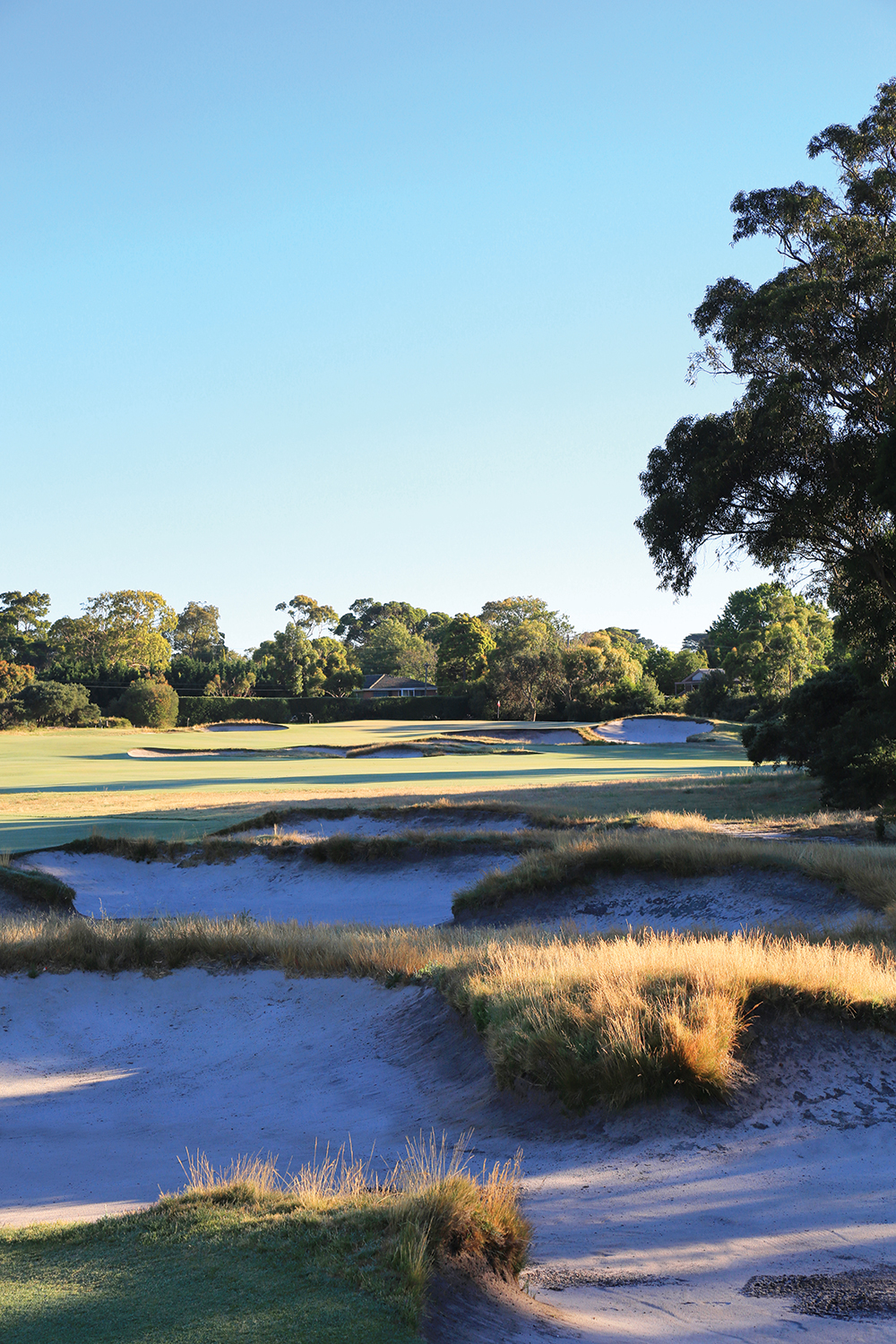
“There’s no doubt he did a wonderful job on the course,” Green adds. “The par 3s on the East Course are wonderful. They are all well bunkered, with the bunkers more or less ‘framing’ the hole. It is also quite a narrow golf course in comparison to the West, where the fairways are much wider.”
Green believes the added beauty of playing the East course was its privacy and wonderful birdlife. “And there is never anybody out there,” he says.
Not for long, if the new general manager has anything to do with it.
A Man Apart
Course designer Alex Russell has left us two relatively ‘unsung heroes’ in Melbourne’s famous sandbelt: Yarra Yarra and the East course at Royal Melbourne.
Russell enjoyed highly decorated military, sporting and professional careers. But when it comes to golf-course design, he seems to have always lived in the shadow of the legendary Scot, Dr Alister MacKenzie.
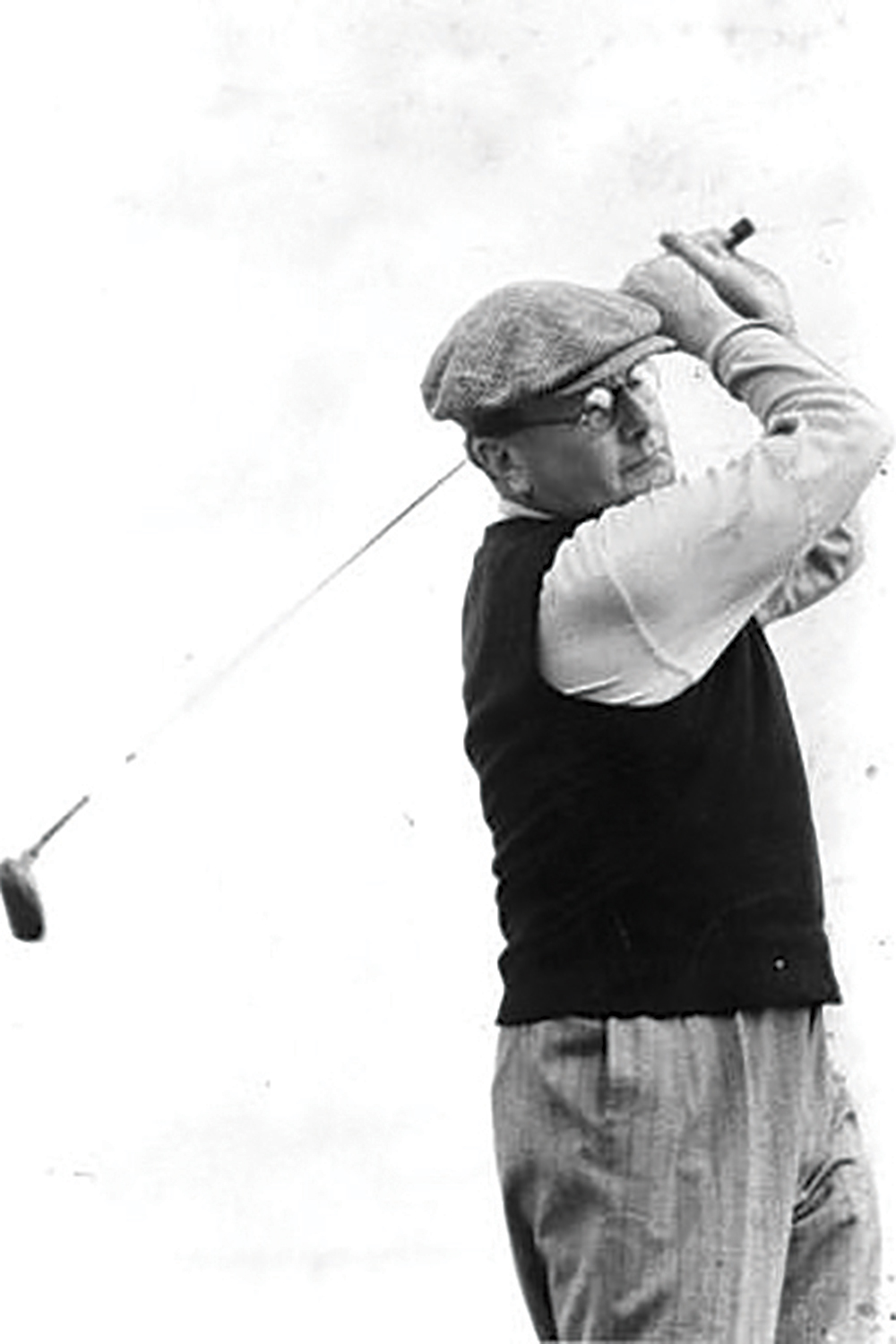 Both clubs already have lasting historical tributes to Russell in their clubhouses but now have bold plans to further honour his legacy. Yarra Yarra has commissioned Tom Doak to restore the layout to its original ‘strategic intent’ and Royal Melbourne is fiercely promoting Russell’s East layout ahead of the far more popular, MacKenzie-designed West course.
Both clubs already have lasting historical tributes to Russell in their clubhouses but now have bold plans to further honour his legacy. Yarra Yarra has commissioned Tom Doak to restore the layout to its original ‘strategic intent’ and Royal Melbourne is fiercely promoting Russell’s East layout ahead of the far more popular, MacKenzie-designed West course.
Course architect Neil Crafter, one of the country’s foremost authorities on Russell, says he was a “complex man”.
“He had many interests and golf course design was one of his major passions in life,” Crafter says.
Russell came from a very privileged background. His father was a grazier and he grew up on a property, ‘Mawallok’, in Victoria’s Western District, with its own cricket ground, private zoo and polo field. He was educated at Geelong Grammar, studied civil engineering at Cambridge and was an officer in the Royal Garrison Artillery during World War I, where he won the Military Cross. He also served with distinction in World War II.
Russell’s golf course design career was a case of being in the right place at the right time. He had been asked to have a look at building a course on land Royal Melbourne had acquired and had come up with a plan before, in 1926, the club decided to enlist the services of MacKenzie. Although MacKenzie was a good bit older, the two men immediately became friends because of their shared military and Cambridge backgrounds. Not long afterwards, Mackenzie appointed Russell his Australian partner.
Unrestricted by the need to make a living out of designing and building golf courses, Russell did a lot of work for very little payment or, in some cases, no fee at all. He was paid a ‘very small fee’ to design Yarra Yarra, a bottle of scotch for Perth’s Lake Karrinyup and his passage to New Zealand and a silver cigarette case for designing Paraparaumu, just outside Wellington.
“He was an amateur golfer and more often than not he was an amateur golf course architect,” Crafter says.
Russell was a superb golfer and considered in the best three amateur players in Australia for many years. He won the 1924 Australian Open as an amateur, shooting 68 in the first round. He also won many state and national titles. Additionally, his wife Jess was a very accomplished golfer. Russell died in 1961. – M.D.
Golf course architect Neil Crafter and Royal Melbourne member Dr John Green (with assistance from Yarra Yarra historian, the late Hedley Ham) have written a book on Russell. Discovering Alex Russell (Ryan Publishing) is due out this month.
